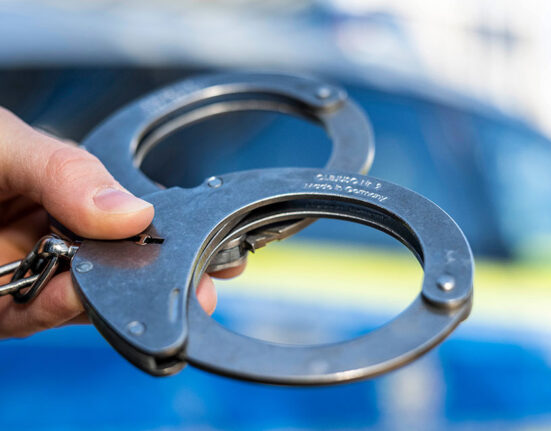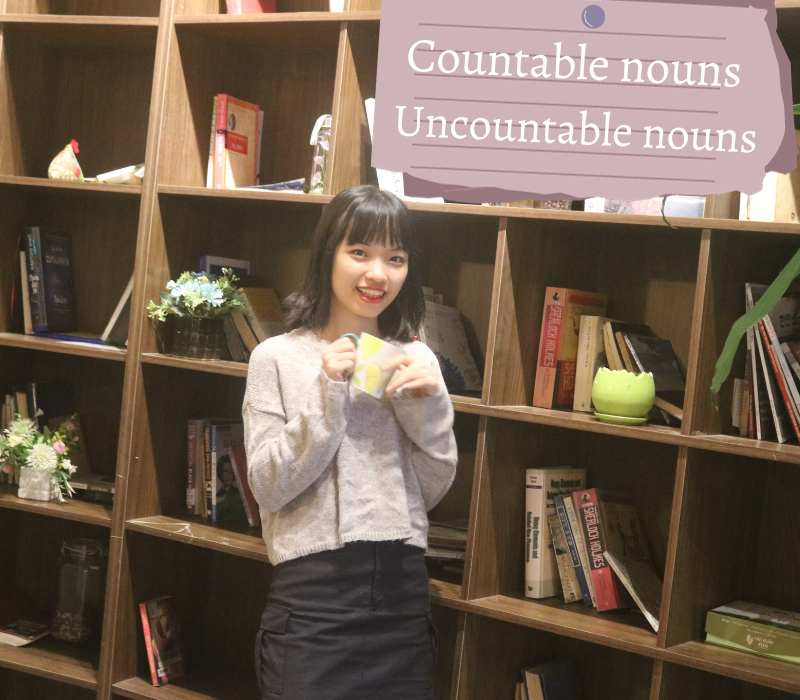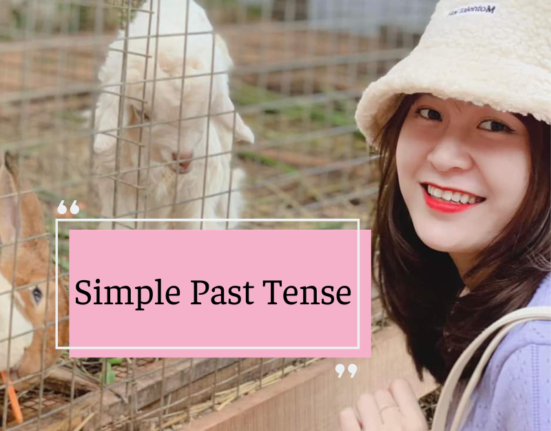Noun is one of the four types of words in a sentence, used to clarify the meaning of the sentence alongside verbs, adjectives, and adverbs. Nouns can be categorized into countable and uncountable nouns. Each type of noun has different ways of being divided or combined with other parts of speech in a sentence. So, how can we accurately distinguish between these two types of nouns? Let’s summarize the knowledge about this noun pair with Essay King to help everyone learn English more effectively!
Countable and uncountable nouns
Countable nouns
- generally have a singular and plural form: a window, lots of windows
⚠️ Some countable nouns only have a plural form: clothes, trousers, jeans, scissors - take a singular or plural verb form: The window is big. The windows are big.
- can be replaced by a singular or plural pronoun:
I’d like that desk; it‘s better than mine.
It’s got shelves as well. They‘re really handy. - can be measured with weights and measures: two kilos of potatoes
or numbers: It’s got three drawers. - can be used with a/an: a desk, an apple
Uncountable nouns
- cannot be plural: advice (not
advices), furniture (notfurnitures), data
⚠️ Some uncountable nouns look plural but they are not: news, economics, physics - take only a singular verb form: The natural light is really nice.
- can be replace by singular pronoun:
What shall we say about the furniture?
Well, it’s not luxurious but it is very comfortable. - can be measured with weights and measures: two kilos of sugar
or with words like a piece of, cup of, bit of, slice of: a piece of information - cannot be used with a/an: information (not
an information)

Some and any
Some
- is generally used in positive statements: There are some shelves above the desk.
- can also be used in questions and particularly in requests and offers:
Would you like some biscuits? - means an unspecified (not large) amount:
It would be great to get some money to help with the rent. (we don’t know how much money)
⚠️We use some of with other determiners (e.g. my, the, these) to refer to a particular group: Some of my students have part-time jobs.
Any
- is usually used in negatives and questions: My desk hasn’t got any drawers.
Has your desk got any drawers? - can also be used in positive statements to mean ‘it doesn’t matter who/which/where/when’:
Call me any time if you need further help. (= it doesn’t matter when you call)
⚠️We can also use no + noun to mean the same as not…any: My desk has got no drawers. (= my desk hasn’t got any drawers)
We use no when the noun is a subject: No applicants had the necessary experience for the job (notNot any applicants)
Words like something/anything, somebody/anybody, etc. follow the same rules as some and any.
Quantities
| Plural countable nouns | Uncountable nouns | |
| everything | all (of) | all (of) |
| large quantities | lots of / plenty of / a lot of many (of) most (of) a large/considerable/substantial number of | lots of / plenty of / a lot of much (of) most (of) a large/considerable/substantial amount of |
| medium quantities | some (of)/a certain number of | some (of)/a certain amount of |
| small quantities | (a) few (of) a small/limited/tiny number of | (a) little (of) a small/limited/tiny amount of |
| nothing | no / not any / none of | no / not any / none of |
A few and a little are different from few and little. Compare:
Few rooms have such good natural light. (= not many, so you are lucky)
We have a few rooms available with a sea view. (= a small number)
Little research has been done in this area. (= not enough)
A little research has already been carried out in this area. (= a small amount)
⚠️We use a few of with other determiners (e.g. my, the, these) to refer to a particular group:
A few of the rooms have a sea view.
Lots of/ a lot of are less formal than much/many:
There are lots of advertisements for accommodation in the paper.
Many scientists believe that global warming is having a negative impact on our climate.
⚠️We do not usually use lots of with negative statements: We don’t have a lot of/much time so we’ll have to be quick. (not we don’t have lots of time)
⚠️We do not usually use much in positive sentences:
I found a lot of information on the Internet. (not much information)
Grammar extra: Nouns that can be both countable and uncountable
Sometimes the same noun can be either countable or uncountable depending on the meaning (e.g. light, room, cake, time). Materials and liquids can also be either (e.g. glass, paper, coffee, wine). Compare:
The natural light is really nice. (uncountable)
Both of the lights in the ceiling are really old. (countable)
There isn’t much room for a desk. (uncountable = space)
We have two spare rooms. (countable = rooms in a house)
Do you drink much coffee? (uncountable = in general)
I’d like to order a coffee, please. (countable = a cup of coffee)
Here is a comprehensive overview of the basic concepts, characteristics, and methods of distinguishing between countable and uncountable nouns. Hopefully, after this article, you all have a clear understanding and can easily differentiate between the two types of nouns, thus applying them proficiently in communication. Don’t forget to practice extensively with a variety of new exercises and also explore irregular nouns in English to minimize errors. Essay King wishes you all success!












